High ceilings
jasperdog
12 years ago
Related Stories
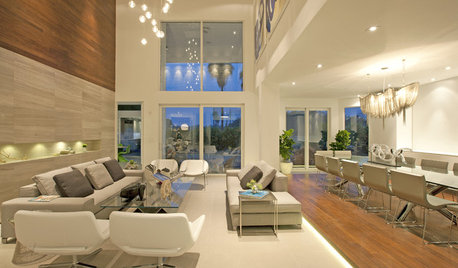
DECORATING GUIDESHow to Work With a High Ceiling
Learn how to use scale, structure and shapes to create a homey-feeling space below a grand ceiling
Full Story
DECORATING GUIDESIdea of the Week: Work Your High Ceilings
Step Up to Overhead Storage with a Sleek Sliding Ladder
Full Story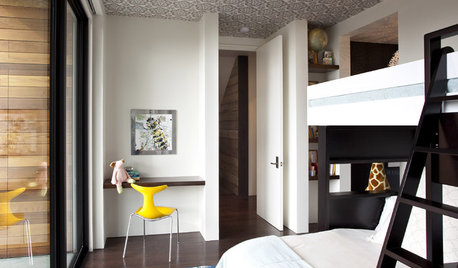
DECORATING GUIDESTop It Off: Wallpapered Ceilings Take the Eye High
Check out these rooms to see the difference a wallpapered ceiling makes
Full Story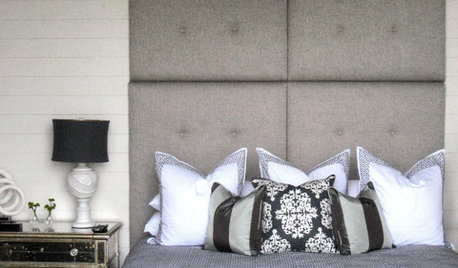
FURNITUREHigh Style: Extra-Tall Headboards
Looking for a Little Drama? Create a Lofty Backdrop for Your Bedscape
Full Story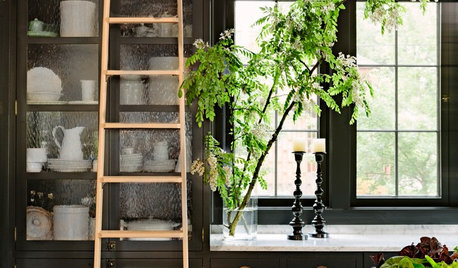
FURNITUREAim High: What to Know About Adding a Library Ladder
Have books or shelves out of reach? Here’s how to get a library ladder that works just right for your needs
Full Story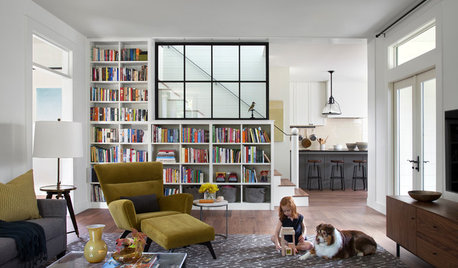
HOUZZ TOURSHouzz Tour: Unplugging From High Tech in a Texas Farmhouse
This simply styled home gives an Austin family all the warmth of comfort food and all the amenities of modern times
Full Story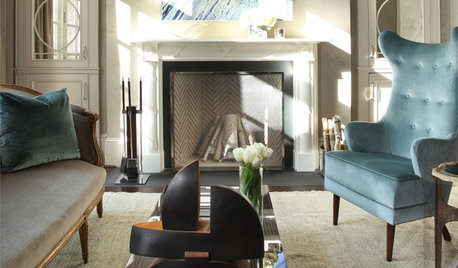
LIVING ROOMSRoom of the Day: High Eclectic Style in a Luxe Sitting Room
Rich textures and contemporary art make this swank sitting room both restful and invigorating
Full Story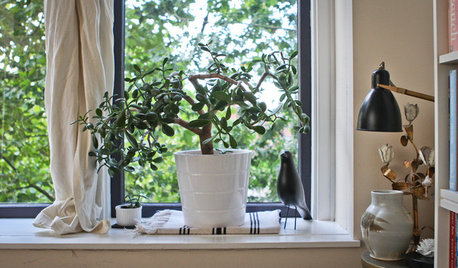
MY HOUZZMy Houzz: Leafy, Light-Filled Loft in a Historic Former High School
A creative couple lives among the trees in a converted condo that was once filled with students
Full Story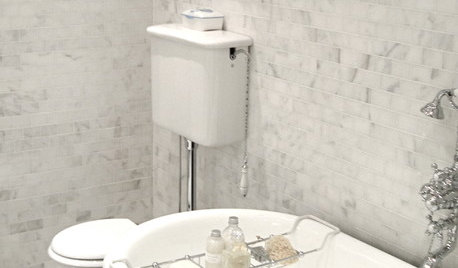
VINTAGE STYLEVintage Style: High-Tank Toilets
Homeowners are adding the feeling of yesteryear in today’s bathrooms
Full Story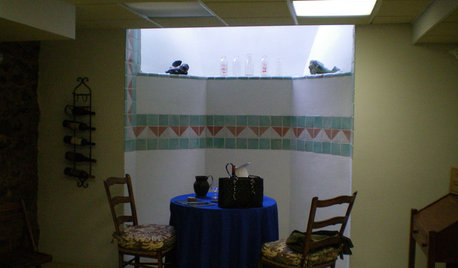
BASEMENTSBasement of the Week: High-End Problem Solving for a Show House
Dark and dated? Naturally. But this '70s-style basement had myriad other design issues too. See how the designer rose to the challenge
Full StoryMore Discussions







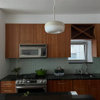
David
jasperdogOriginal Author
Related Professionals
Laguna Niguel Lighting · Dallas Furniture & Accessories · Long Beach Furniture & Accessories · Port Charlotte Furniture & Accessories · St. Louis Furniture & Accessories · Chaska Furniture & Accessories · Genova Furniture & Accessories · Middle Island Interior Designers & Decorators · Elkridge Decks, Patios & Outdoor Enclosures · Alvin Decks, Patios & Outdoor Enclosures · Mitchellville Decks, Patios & Outdoor Enclosures · Redlands Decks, Patios & Outdoor Enclosures · Salt Lake City Decks, Patios & Outdoor Enclosures · South Houston Decks, Patios & Outdoor Enclosures · West Palm Beach Decks, Patios & Outdoor Enclosureskarinl
lee676
karinl
David
hilltop1155
David
hilltop1155
hilltop1155
susanlynn2012
David